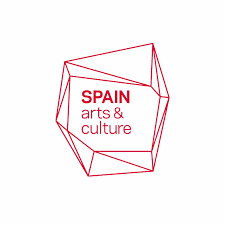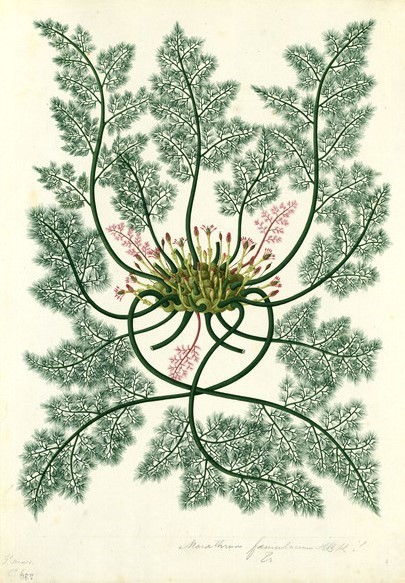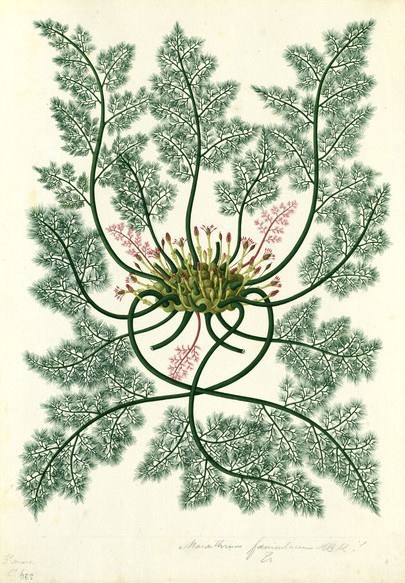Between 1783 and 1806, the Royal Botanical Expedition to the Kingdom of New Granada created thousands of stunning botanical paintings of South American flora. The expedition’s director, José Celestino Mutis, intended to publish one of the most lavish botanical works ever produced, a multi-volume Flora de Bogotá that would provide a complete botanical survey of the region. He assembled a painting workshop with dozens of artists, who worked for two decades to create unique images that combined art and science and proposed a new way to depict nature. This collection shows the connections between art, science, economics, and politics in botanical work around 1800.
Daniela Bleichmar is Professor of Art History and History at the University of Southern California, where she also serves as the founding director of the Levan Institute for the Humanities and the director of the USC Society of Fellows in the Humanities. Her research and teaching address the history of images, objects, and texts in colonial Latin America and early modern Europe, focusing on the histories of science and knowledge production, colonialism, collecting, and books. Her research has been supported by the Mellon Foundation, the Getty Foundation, the Getty Research Institute, and the ACLS. Her publications include the books Visible Empire: Botanical Expeditions and Visual Culture in the Hispanic Enlightenment (University of Chicago Press, 2012) and Visual Voyages: Images of Latin American Nature from Columbus to Darwin (Yale University Press, 2017). She is currently writing a cultural biography of the Codex Mendoza, an indigenous illustrated manuscript produced in early colonial Mexico, which traces the extraordinary life of this transcultural object from Mexico City in the 1540s to London in the 1830s.


